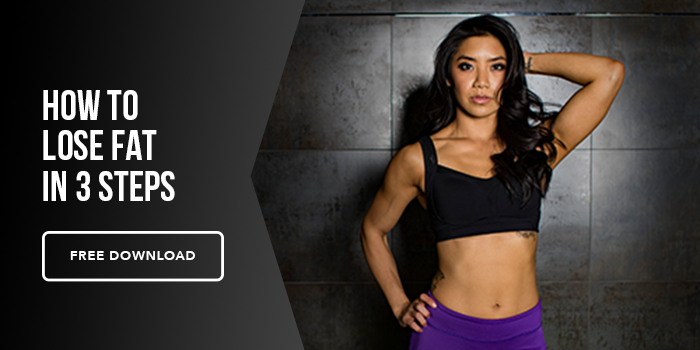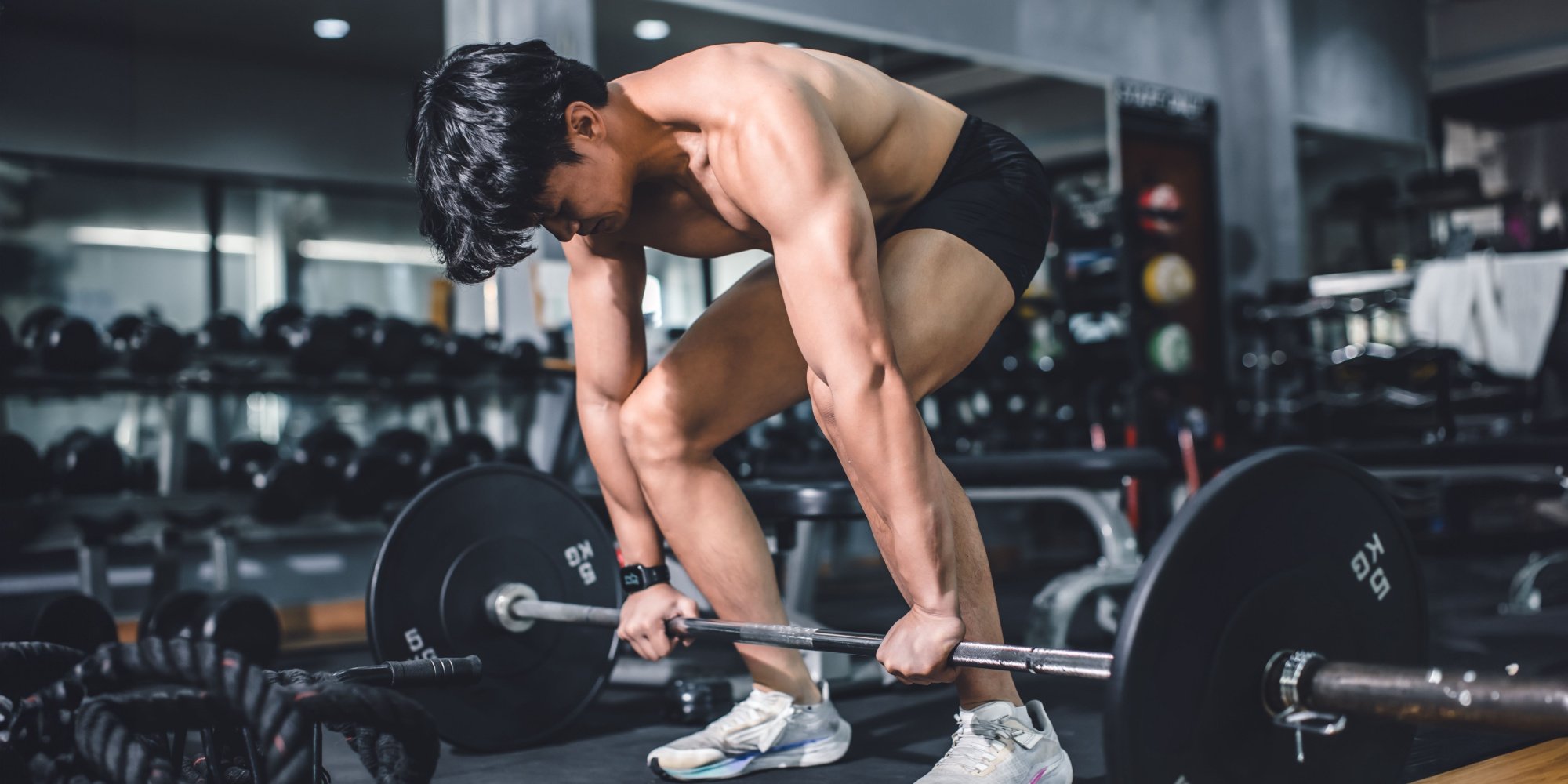Along with the squat, the deadlift is easily one of the best exercises you can do for your overall health and performance. Whether you are just a typical gymgoer or an athlete in any sport, deadlifts offer substantial benefits that can enhance your strength and power.
Improving your overall strength with the deadlift is a goal I’ve personally sought out; there is nothing like walking up to a barbell and lifting more weight than you ever have before.
And the best part is, there are actions you can take to get your strength gains to the next level.
Let’s dive in.
1. Perfect Your Form
One of the first steps you need to take, whether you are a beginner or have been training for years, is to make sure you are using proper mechanics and form is precise.
Your set-up matters, from how close you are setting up to the bar, to whether you are bracing your core properly. This not only prevents injury, but it helps you lift more efficiently. More efficient lifts means better muscle recruitment, and therefore a greater chance at executing stronger lifts.
If your deadlift mechanics suck, you increase your chances of getting injured; recovery from a llifting injury will set you WAY back, which means you won’t be lifting anything heavy any time soon.
If you are a little lost as to whether your form in on point, or you need a refresher, this video takes you through proper deadlift set-up and mechanics.
2. Reps and Sets Matter
It can be hard to know what rep range to be in, especially if you have a specific goal in mind. Training for muscular endurance, for example, looks a whole lot different than if you are training for extreme strength and power.
But don’t worry, I’ll make it easy for you!
Lifting for extreme strength requires you to lift heavy (of course!), which means you are not going to be in a high rep-range. Try lifting 15 reps at 90% of your 1RM–that’s not happening. It’s around this percentage of intensity you should be lifting, or somewhere between 75 and 100% of your 1RM.
When I think of extreme strength, I think of lifting as much weight as possible, so if you are selecting a weight that you can easily do 8 to 10 reps of, you’re not lifting enough.
Of course, you are not going to train for your 1RM for every training session–that’s a lot of stress on the body. If you want train for a 1RM deadlift, the max you should be lifting at this intensity is one day per week.
Other days, you should be lifting at a 75-90% intensity, or 3 to 6 reps per set. At this rep-range, you should strive for 4 to 5 sets, with at least 2 minutes of rest between each set.
Structuring your training this way allows you to lift the most amount of weight as possible, because you are incorporating enough rest between sets while applying enough of a stimulus to initiate a positive strength response.
If you need help structuring your workouts, I highly recommend MAPS Powerlift.
3. Your Other Workouts Matter, Too
Your other workouts, and rest days, are just as important as the lifting sessions itself. If you are lifting for extreme strength, your deadlift workouts will be mainly focused on–you guessed it–the deadlift.
You shouldn’t be practicing your deadlifts every day, or even most days during the week. Three days max should be dedicated to lower body strength and deadlifts, while the other lifting days can be seen as full-body maintenance.
Losing muscle mass in other muscle groups is something we don’t want to sacrifice as we try to hit maximal strength on certain lifts, so 1 to 2 workouts a week should be dedicated to full-body resistance training at a moderate intensity.
As always, rest days are always necessary; it’s during rest days that the muscle growth and strength gains happen!
4. Eat Your Protein
Work doesn’t stop in between your workouts. You need to be just as dialed in to your nutrition as you are with your lifts. If you’re not consuming enough protein, strength gains with your deadlift will be much harder to achieve.
If you are doing extreme lifting, aim for 1 gram of protein per pound of bodyweight. I know, that’s a lot of protein, but I promise that your body will thank you for it. Protein, which is made up of amino acids, help to repair muscle after strain. So if you’re not feeding your muscles with enough protein, progress will suffer.
With an increase in protein intake, make sure you are drinking a TON of water, and plenty of fiber. Some people struggle with an increase in protein intake, but considering a higher intake of fiber and water will help with this transition.





